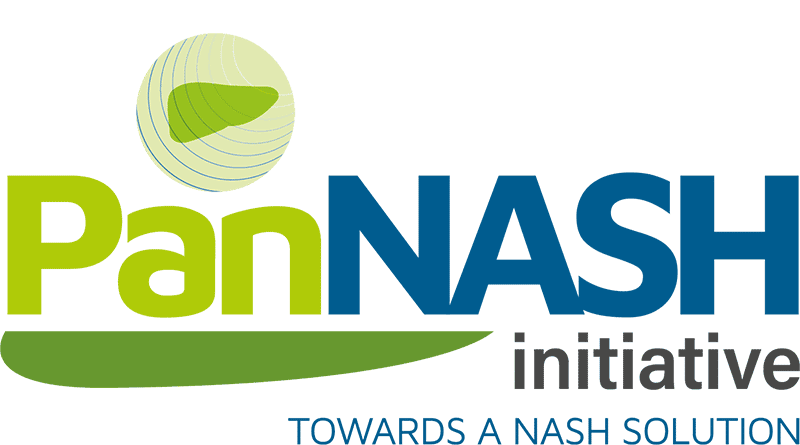COMMENT:
While addressing the underlying liver disease is the most effective antifibrotic strategy, developing effective therapies remains challenging due to the limited translation of preclinical findings into clinical efficacy.
KEY LEARNINGS:
This article highlights the role of persistent inflammation in liver fibrosis. It details how inflammation, driven by various hepatic cell types, contributes to fibrogenesis. It reviews single-cell technology findings on immune cell heterogeneity and their spatial organization in the liver. It also discusses how inflammatory mediators and cells in the liver influence fibrogenic pathways and their therapeutic implications. The article aims to provide a comprehensive understanding of liver inflammation and fibrosis, focusing on potential therapeutic targets identified due to advances in understanding the pathogenesis of these conditions. Simultaneously advancing diagnostic procedures will be crucial to seamlessly translate our enhanced understanding of liver inflammation and fibrosis pathogenesis into clinical practice.


Screening, Diagnosis, and Staging of Non-Alcoholic Fatty Liver Disease (NAFLD): Application of Society Guidelines to Clinical Practice